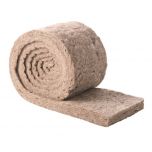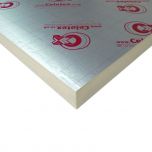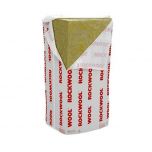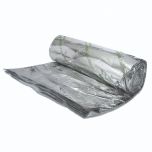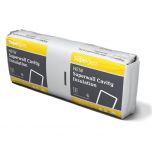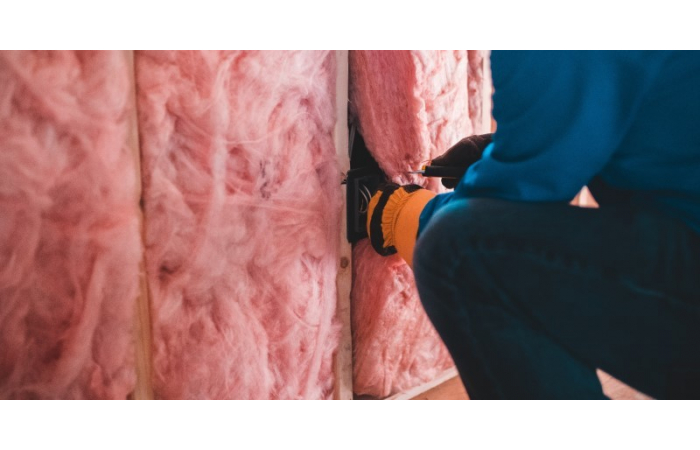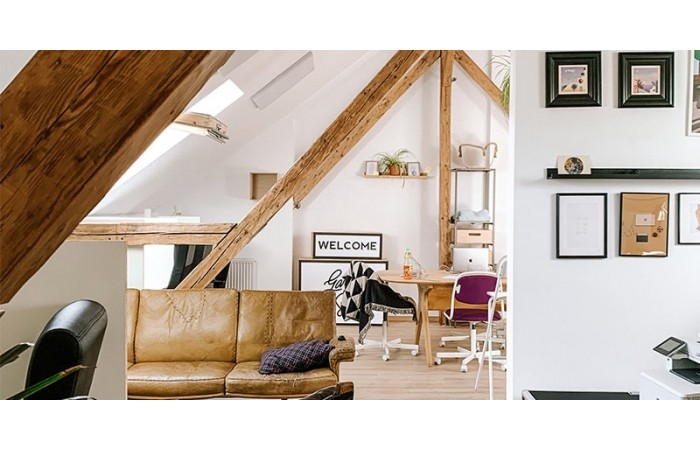Mega Guide to Insulation Thickness
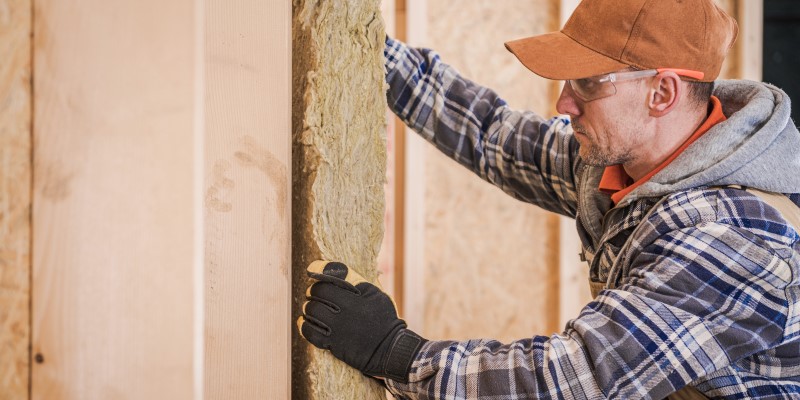
Fitting effective insulation into a property has many benefits. These include keeping your home at a more comfortable temperature all year round, saving money on utility bills, cleaner internal air, and many more.
But many homeowners come to us wondering what thickness of insulation is right for their project. With so many options on offer, it can be a daunting prospect for a first timer, and that’s why we’ve written this handy guide.
U-Values Explained
Put simply, U-Value tells you how much thermal resistance a single element of your property (such as a door or window) has. Measured in Watts per Square Metre Kelvin (W/m2K), U-Value tells you how quickly heat can enter or escape any given section of a building. The lower the U-Value, the better the insulation. Learn more by reading our guide to U-Values.
Common Insulation Projects
How Thick Should Loft Insulation Be?
As stated in Approved Document L, loft insulation should be at least 270mm thick, which is the requirement for newly built properties. If you’re looking to refresh the insulation in your loft space, you may find you have as little as 25mm, which was the recommended amount in the 1980s. New insulation simply can be laid over existing insulation to achieve the required thickness, provided it isn’t damaged in some way.
For lofts, we’d recommend using rolls of insulation, or slab insulation.
What Insulation Thickness Do I Need for Floors?
Building regulations require floors to achieve a minimum of 0.25 W/2mK or less. For this to be achieved, you’d need to install 150mm insulation, however this all depends on your floor, the wider property, and the exact form of insulation you choose. Here are some starting point U-values for common domestic floor insulation projects:
England – As of April 2014
- New Build: Best starting point (fabric only) – 0.11
- Existing buildings: Extension – 0.22
- Existing buildings: Refurbishment – 0.25
Wales – As of July 2014
- New Build: Best starting point (fabric only) – 0.15
- Existing buildings: Extension – 0.18
- Existing buildings: Refurbishment – 0.25
For insulating floors, we’d recommend PIR insulation boards.
What Insulation Thickness Do I Need for Pitched Roofs?
If you’re insulating a pitched roof, we’d recommend the “warm roof” method. This is where insulation is installed in two layers, with one between the rafters to keep the roof timbers warm. To achieve the 270mm of insulation required, you could install 170mm insulation, along with a further 100mm of board insulation between the rafters. Always remember to leave a 25mm air gap between the insulation and the underside of your roof tiles.
What Insulation Thickness Do I Need for Flat Roofs?
An uninsulated flat roof has a U-Value of around 1.5 W/m2K. When insulating one, you’re aiming for a value of 0.25 W/m2K or less. To achieve this, you should insulate your flat roof with insulation boards totalling around 150mm thickness. This is done with a layer of ca. 100mm insulation laid over the deck, and a further 50mm of insulation fitted between the roof joists, immediately below the deck. This is how to achieve a well-insulated, warm flat roof.
How Thick Should Cavity Wall Insulation Be?
Insulating a cavity wall will require around 125mm of insulation. This excellent example from Kingspan demonstrates how:
“Take a typical cavity wall with 102.5mm brick outer leaf construction, and a medium-density blockwork inner leaf. To achieve the required U-Value of 0.17 W/m2K, 125mm of PIR insulation board should be used. To secure the insulation in place, make use of double-drip wall ties and retaining clips.”
Now You Know All About Insulation Thicknesses!
We hope this guide has been helpful, and you’re now armed with the knowledge you need for your insulation project. Take a look at our fantastic range of loft insulation rolls today as well as boards, slabs, and much more from all leading brands.
If you’ve still got any questions, get in touch with our award-winning customer service team. They’ll be able to answer any question you may have. Call them on 01295 565 565, email [email protected], or use the handy livechat below.
